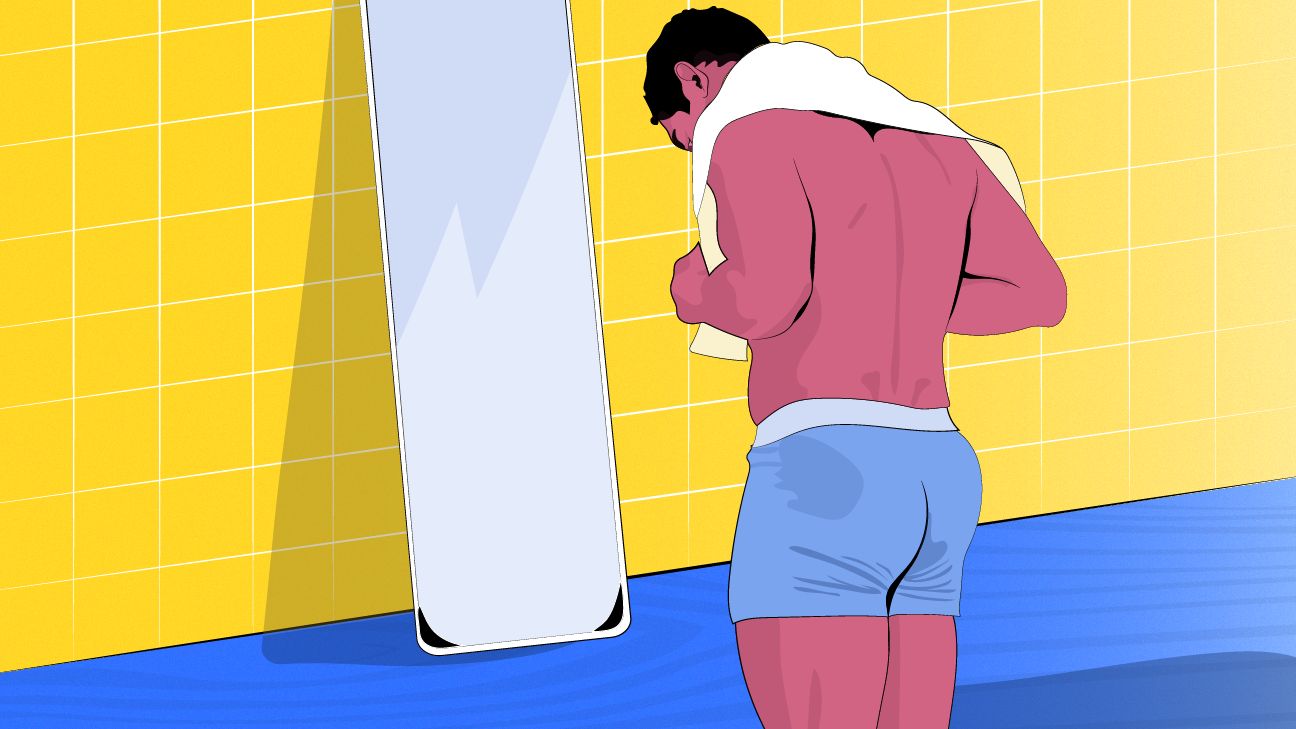It’s totally normal for one testicle to be bigger than the other. In fact, many peeps find that the right testicle is slightly larger and the left hangs lower.
But while testicles come in varying shapes and sizes, a variation can occasionally indicate a problem. If a testicle hurts or starts shape-shifting, it’s a good idea to call your doc. There are a number of issues to be on the lookout for that can range in severity.
Let’s play ball!
Here’s a look at the many reasons Thing 1 and Thing 2 might not be so similar after all.
1. Orchitis
Orchitis is testicle inflammation often caused by the mumps virus. It’s important to see a doctor if you notice any pain, since orchitis can damage the testicles.
Symptoms to look out for include:
- a tender or swollen scrotum
- painful ejaculation
- bloody semen
- an enlarged prostate
- a fever
- swollen lymph nodes in the groin
- abnormal discharge
How it’s treated: If caused by an STI, a doctor may prescribe ceftriaxone (Rocephin) and azithromycin (Zithromax) to target the infection. Pain and swelling can be managed with ice (or a pack of frozen peas) and ibuprofen (Advil).
2. Epididymitis
While it would make a great name for a dinosaur, epididymitis is a condition that causes the epididymis duct behind the testes to become inflamed. This can be a symptom of chlamydia, a sexually transmitted infection (STI).
Other symptoms to look out for include:
- inflamed testicles
- penile discharge
- pain when peeing
How it’s treated: Antibiotics like ceftriaxone (Rocephin) or doxycycline (Oracea) usually ease symptoms in 48 to 72 hours.
3. Hydrocele
A hydrocele is a painless fluid-filled sac that forms around your sack (for real). The fluid buildup is generally considered harmless, but it sometimes indicates inflammation. Though unlikely to pose danger, it’s a good idea to see your doctor to rule out other more harmful causes.
How it’s treated: Hydroceles usually go away on their own within a few months.
4. Epididymal cyst
This is a harmless growth on the epididymis caused by excess fluid. The cyst feels like a smooth, firm lump in the scrotum on top of the testicle. They’re usually harmless and painless.
How it’s treated: They go away on their own, so treatment isn’t usually necessary. If the cyst causes discomfort, it can be surgically removed.
5. Testicular torsion
Yes, twisted testicles are a thing. It occurs when the testicle rotates and the spermatic cord is twisted. It usually feels about as painful as it sounds and should be addressed by a doctor ASAP. The twisted cord can stop blood flow to the testicle, so if not treated promptly, the testicle may need to be removed.
Call your doctor if you notice persistent pain following an injury or experience sudden pain that comes and goes.
How it’s treated: Known as manual detorsion, a doctor may untwist the testicle. Surgery is usually needed, though, to prevent reoccurrence.
6. Varicocele
Enlarged veins in the scrotum known as varicoceles are usually harmless and don’t require treatment. But they can result in decreased sperm count and quality and may even lead to infertility. They can also shrink the testicles.
Other symptoms include:
- dull, recurring pain in the scrotum
- a swollen scrotum
- a lump in one testicle
- visibly large, twisted veins in the scrotum (they often resemble varicose veins)
7. Testicular cancer
According to the American Cancer Society, testicular cancer is rare, affecting 1 in 250 males. If you notice any lumps or new growths around your testicles, see your doctor right away. Testicular cancer is most commonly diagnosed in men ages 15 to 35, but it can show up at any age. It’s one of the most treatable cancers.
Risk factors include:
- a family history
- Caucasian descent
- abnormal testicular development
- having an undescended testicle (aka cryptorchidism)
How it’s treated: Treatment varies by patient. Sometimes, a doctor will recommend testicle removal. Chemotherapy, radiation therapy, or a combination may be used to fight cancer cells.
You should seek medical help ASAP if you have any of these symptoms along with an enlarged testicle:
- redness
- trouble urinating
- swollen testicles
- unusual discharge
- lower back or abdominal pain
- swollen or tender breasts
If your doc suspects cancer, you can expect to undergo a scrotum and testicle exam. To test for testicular cancer, they may take a blood test.
The doctor may also request:
- a urine test to check for infections or kidney issues
- a CT scan to check for testicular abnormalities
- an ultrasound to identify growths and monitor blood flow
Try to stay calm. In most cases, having an enlarged testicle isn’t cause for concern and will either resolve on its own or respond to basic treatments.
Get in the habit of checking the size and shape of your bits on a monthly basis.
Healthy cojones are smooth and should be more egg-shaped than spherical. Though usually harmless, get any lumps or protrusions checked out by a doctor.
Here’s a helpful visual:
While you should never let your guard down on the family jewels, lopsided giblets are often totally normal.
If one testicle suddenly becomes bigger, most causes are easily treated. Don’t put off seeing a doctor, especially if symptoms include pain, lumps, or swelling. The sooner you see a doctor, the sooner you (and the contents of your sack) will be at ease.


